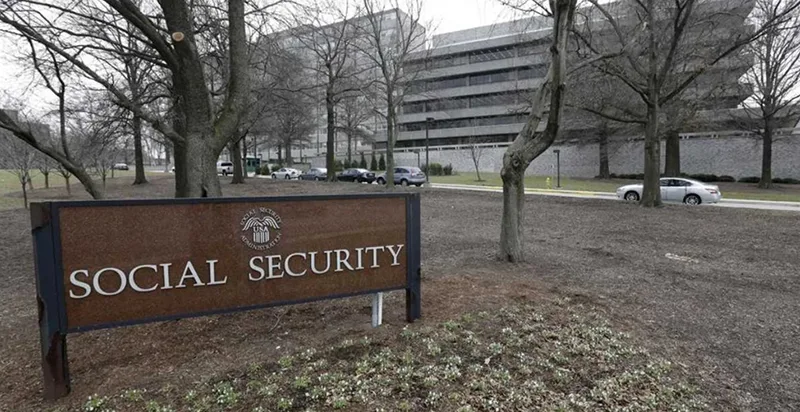When it comes to tackling the complex issues surrounding Social Security, the topic has become something of a parlor game in our nation’s capital. For over two-thirds of beneficiaries aged 65 and older, their monthly Social Security checks account for 50% or more of their income, and for a third of them, it’s 90% or more. However, the program is facing financial challenges that threaten its sustainability.
Social Security is projected to be unable to provide full benefits in about a decade unless significant changes are made. If left unaddressed, this could lead to a reduction of more than 20% in benefits, causing severe financial hardship for millions of individuals. It’s imperative that we find a solution to this problem.

But why refer to it as a parlor game? The reason is that the program and its finances are incredibly complex, and the proposed solutions to shore up its finances often oversimplify the issue.
As someone who has written about Social Security for decades, paid the maximum Social Security contribution for over 35 years, and is now a Social Security beneficiary, I understand that simple plans may make for good politics, soundbites, and campaign speeches. However, they do not address the underlying complexities of the problem.
The reality is that the only viable solution, short of allowing Social Security to print its own funds, involves sacrifices from current and future generations, including retirees, their children, grandchildren, and beyond. It requires bipartisan cooperation, thoughtful action, and a commitment to addressing the issue head-on, which is currently lacking in today’s political climate.
So, let’s delve into what’s really happening and why seemingly simple ideas like “Tax the wealthy to raise trillions!” or “Prevent early retirement to stop freeloaders!” are not only overly simplistic but also inadequate.
- Raising the Cap Without Raising Benefits Would Backfire: The financial structure of Social Security is intricate, with a 12.4% tax split equally between employers and employees. Many believe that even though employers pay half, that money would otherwise go to employees. To address the issue, some propose removing the wage cap on Social Security taxes for high earners while providing no additional benefits. This approach could alienate these high earners, potentially leading them to seek tax shelters and reduce their taxable earned income.
- Increased Retirement Age: Raising the retirement age is often advocated by Republicans as a solution. While it may have merit in some cases, it could be unjust for low-paid workers in physically demanding jobs. A balanced approach, combining various modifications, such as raising the wage cap, adjusting the benefit formula, and progressively increasing the retirement age, may be more equitable.
- Exploring Alternative Solutions: There is no one-size-fits-all solution to Social Security’s budgetary challenges. A range of potential remedies exists, from subjecting some investment income to Social Security taxation to adjusting the amount on which companies pay Social Security tax. The complexity of these recommendations highlights the difficulty of finding a single, straightforward solution.
Ultimately, addressing the financial challenges of Social Security will require a bipartisan effort, similar to the Greenspan commission of the 1980s. It will involve enhancing Social Security revenues, controlling payment growth, and implementing a variety of measures to regain control of the program’s finances. There are no easy answers, but concerted action is necessary to ensure the program’s sustainability.





